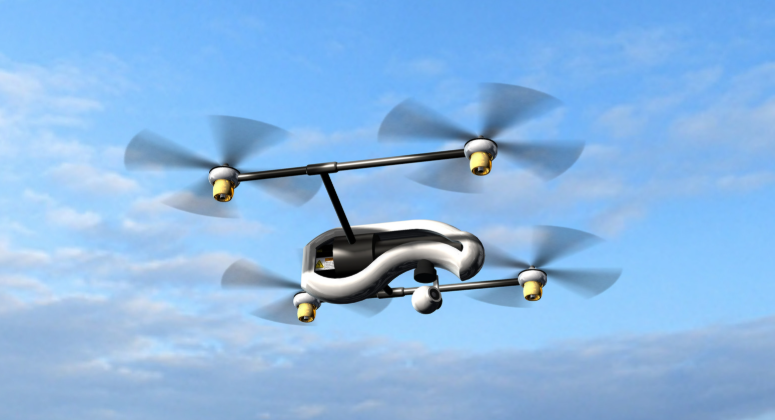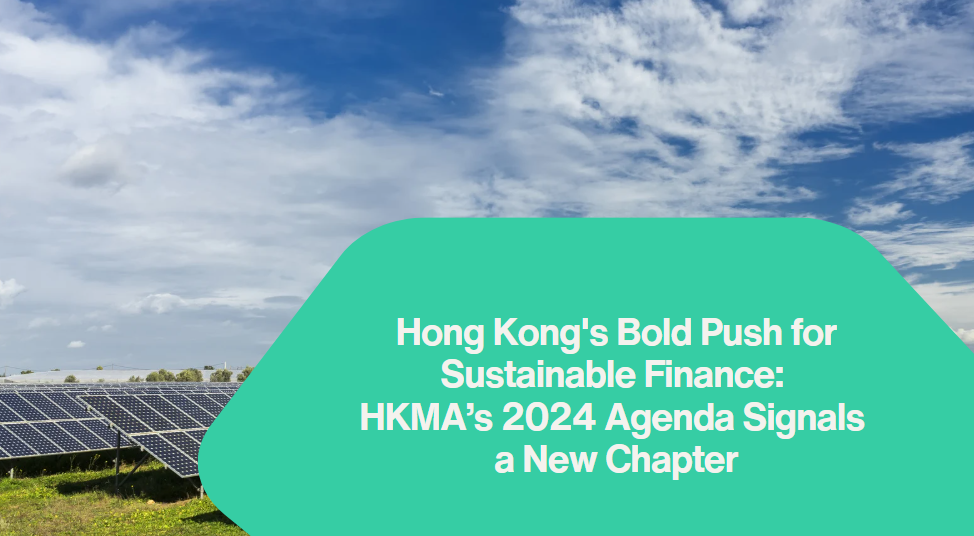How China's Free Trade Port is Powering the Rise of the Low-Altitude Economy
As global industries race to redefine mobility and innovation, Hainan—China's tropical island province and a linchpin of the nation's Free Trade Port strategy—is swiftly emerging as a pivotal player in the burgeoning low-altitude economy.
Leveraging its unique geography, abundant airspace, and Free Trade Port advantages, Hainan is channeling strategic resources into the low-altitude sector, a field recognized by the Chinese government as a driver of "new quality productive forces." According to the Hainan Provincial Development and Reform Commission, 36 projects totaling 29.4 billion yuan (approximately $4.02 billion) have been launched so far this year, spanning the full industry chain—from aircraft R&D to smart logistics and high-end cultural tourism.
At the recently concluded China International Consumer Products Expo 2025 in Haikou, eight major low-altitude projects were signed, including the establishment of a heavy-duty unmanned helicopter assembly line in Wenchang and a marine drone maintenance base in Ledong.

Policy Tailwinds: Strategic Incentives Accelerate Growth
Hainan's ascent is underpinned by robust policy support. In a significant move, the province has unveiled a draft action plan outlining 18 targeted measures to foster enterprise growth, build critical infrastructure, and develop clustered industrial ecosystems.
Key financial incentives include:
Up to 20% subsidy support (capped at 20 million yuan per airport project) for private investments in aviation facilities.
50% support (up to 25 million yuan annually) for low-altitude public communication, navigation, and surveillance infrastructure projects.
Full access to Hainan's celebrated “zero-tariff” policies, reducing costs on aircraft imports, raw materials, production equipment, and facilitating duty-free temporary repairs.
To further bolster the ecosystem, Hainan plans to establish a dedicated Low-Altitude Economy Industry Investment Company, mobilize social capital through provincial government-backed funds, and encourage financing through bonds and tradeable financial instruments. Enterprises are also being supported in opening multi-functional Free Trade Accounts (EF Accounts) to simplify cross-border collaboration.

A Model for Future Mobility
Hainan's aggressive reforms are setting a precedent. It is currently China's first pilot province for full-scale low-altitude airspace management reform. Already, 46% of the province's air transportation trials involve low-altitude operations—a clear testament to the sector's momentum.
According to Zheng Shanjie, head of China's National Development and Reform Commission (NDRC), a comprehensive plan for the low-altitude economy is being prepared for the upcoming 15th Five-Year Plan (2026–2030). Emphasizing a balance between innovation and safety, Zheng noted the need to harmonize market forces with strategic oversight.
Projections by the Civil Aviation Administration of China (CAAC) estimate that the national low-altitude economy will reach a market size of 1.5 trillion yuan in 2024, with a leap to 3.5 trillion yuan by 2035—figures that underscore the sector's transformative potential.
Real-World Applications: From Offshore Oil to Ski Resorts
Private players are not waiting on the sidelines. CITIC Offshore Helicopter Co Ltd, a prominent general aviation operator, has been expanding helicopter services across high-speed railway hubs and cross-border routes, notably linking Shenzhen and Hong Kong via a 15-minute helicopter ride—cutting travel times dramatically compared to traditional modes.
According to Lei Lei, Vice President of CITIC's Low-Altitude Division, the company is eyeing expanded services across the Greater Bay Area, Pearl River Delta, and the Bohai Rim. It is also innovating beyond transportation: offering helicopter-based skier transfers in Xinjiang and drone-enabled emergency logistics operations.
Crucially, helicopters equipped for extreme weather operations provide a resilient alternative to maritime transport, ensuring connectivity even under typhoon or cold wave conditions. Modified helicopters can reportedly sustain flights under wind speeds up to level 10 or 11, offering vital continuity for island economies.





















































First, please LoginComment After ~